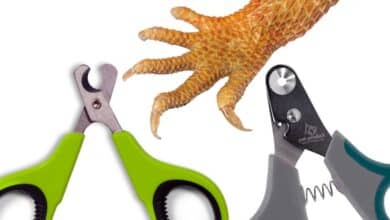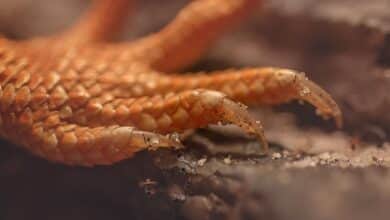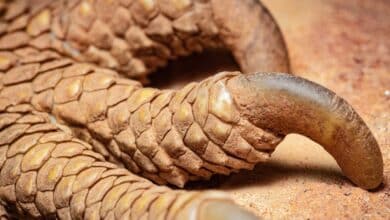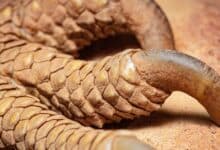Bearded Dragon Ear Infection Symptoms, Causes, And Treatment
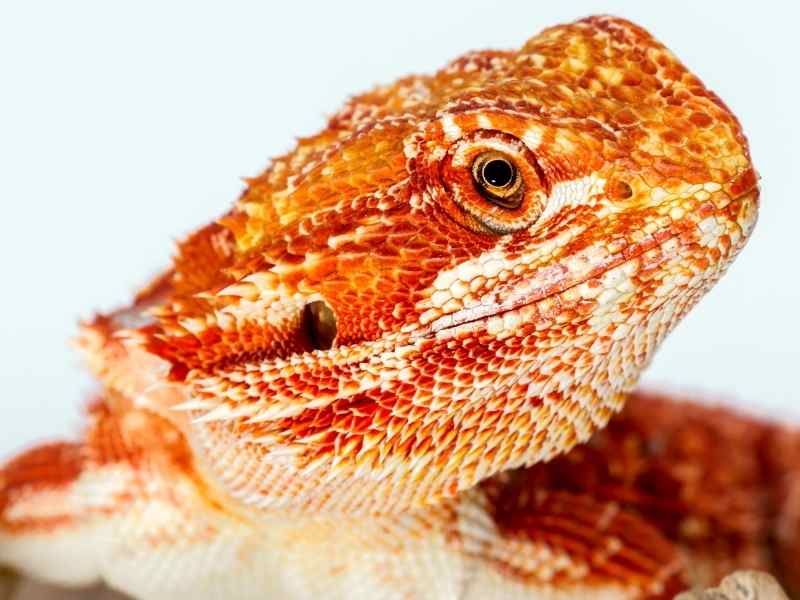
Have you ever wondered about bearded dragon ear infections, their symptoms, causes, and how to treat them?
Bearded dragons get ear infections because of fungus or bacteria entering their ears. This bacteria is usually due to an unclean environment. Ear infections can be highly distressing for bearded dragons which may lead to long-term damage if not treated properly.
Luckily, most symptoms of bearded dragon infections can be physically observed, which helps you address them immediately. This article will discuss bearded dragon infection symptoms, how to treat it, and how to prevent future ear infections from developing.
Contents
How do I know if my bearded dragon has an infection?
Bearded dragons might act and look different when they have an infection. Their attitudes change because of their poor health, so it is essential to evaluate their behavior daily.
They may be lethargic, become less active, and refuse to eat. If you pay close attention to your bearded dragon’s behaviors, they may become less active. Ear infections cause severe discomfort for your bearded dragon, which might change the attitude of your beardie. It can cause your beardie to refrain from sunbathing and be less social than usual.
There will be many physical symptoms of infection that you can identify by observing your bearded dragon, including discharge, a swollen tympanic membrane, and dark spots near or around the ears. These symptoms are common physical indicators of ear infections.
Symptoms of bearded dragon ear infections
Ear infections are relatively easy to identify based on visual symptoms. Among other things, head tilting, balance issues, and discharge are some of the most apparent signs of ear infections. Your bearded dragon may also experience lethargy and loss of appetite when experiencing any illness.
The most common symptoms of bearded dragon ear infections include:
- A swollen tympanic membrane with film covering ear holes.
- Discharge from the ear
- Hearing loss
- Black or brown spots in the ear
- Head tilting
- Loss of balance
- Lethargy
Not all symptoms of illness will be identifiable by physical observation. You should pay close attention to their attitudes to examine any behavioral changes in case they become lethargic because of their painful ear infection.
Causes of Ear Infection in Bearded Dragons
It is extremely easy for beardies to get ear infections because of their inverted ears. In other words, the bearded dragon’s ears are internal, not external, like human ears. The bearded dragon’s inverted ears make it easy for things to get trapped inside their ears. The leading causes of bearded dragon ear infections are fungi or bacteria getting inside the ear. It is most common to gain bacteria from their surrounding environment, making it essential to keep their terrarium clean.
Common causes of bearded dragon ear infections include:
- The wrong temperature
- Dirty enclosures
- Infrequent veterinarian visits
- Low-quality food
- Humidity
Temperature
Temperature is a leading cause of ear infections in bearded dragons because it can cause mix poorly with their dry environment, leading to bacteria growth in their dry environment. Bearded dragons require a dry and warm habitat with temperatures between 75ºF and 85ºF during the daytime and nighttime temperatures of 70ºF. You must also provide basking temperatures between 88ºF and 100ºF. If you fall outside of this temperature, it becomes easy for bacteria to grow in your tank.
Humidity
Humidity within your enclosure is a significant problem for your bearded dragon because it can lead to internal moisture within your beardie’s ears. Internal moisture and bacteria combined are substantial causes of ear infections. If there is humidity in your tank, your beardie will likely be uncomfortable in their environment. If their environment becomes too humid, it is likely that bacteria will grow in their warm tank.
Dirty enclosures
Dirty enclosures are the leading reason for bacterial-based ear infections. When you do not clean your bearded dragon’s habitat regularly, then your bearded dragon is more likely to get an infection. People often clean their enclosures but forget to wash their decorations, hideaways, and feeding dishes. It would help much better if you cleaned all this equipment to avoid bacterial build-up.
Treatment for Ear Infections in Bearded Dragons
If you believe there might be a problem with your bearded dragon, take action immediately by taking them to the veterinarian. Your veterinarian will thoroughly examine them and, in most cases, give you an antibiotic to give your bearded dragon at home. Keeping your environment clean is essential after an ear infection.
Clean their environment
Clean your bearded dragon’s environment regularly to keep it bacteria-free. Every time you clean their tank, use a reptile-safe cleaner, so you do not poison your beardie. Do so at least once every two weeks to maintain a clean terrarium. It is vital to clean your bearded dragon cage if you keep more than one bearded dragon in its enclosure. Otherwise, they will pass their ear infection to their tankmate.
Seek veterinary help
Visit the veterinarian as soon as you notice signs of illness. Have a veterinarian examine your bearded dragon so they can evaluate your beardie to see if they have an ear infection. Veterinarians can diagnose your bearded dragon and issue proper treatment. Most treatments will involve an antibiotic that should be administered strictly as your vet instructs.
How Can You Prevent Bearded Dragon Ear Infections?
Prevent ear infections by keeping a clean enclosure for your bearded dragon and avoid letting them get dirty. Keep a clean environment and disinfect regularly. It would help to consider cleanliness one of the most critical factors in your bearded dragon’s habitat.
Take your bearded dragons to the vet regularly for examinations and feed them a high-quality diet of mixed vegetables and insects. A good diet will give them sufficient nutrients, which your veterinarian can confirm during their annual examination.
Thoughts on Beardie Ear Infections
Bearded dragons can develop ear infections because of fungi or bacteria in their tank that get trapped in their ears. The bacteria can easily get into their tank if you do not clean it regularly. Bacteria and fungi get trapped in their ears if you are unsafe, mainly because they are inverted, making it easy for things to get in and difficult to get out.
Pay close attention to your beardie to notice any changing behaviors or physical abnormalities that might point towards an infection. Ear infections can be identified by several physical symptoms, like crust or brown spots around the ears. If you notice these things, begin treatment immediately, or they could develop long-term problems.
Taking your bearded dragon to a veterinarian is the most direct way to seek proper treatment for an ear infection. After visiting the vet, you may use store-bought medication to treat your bearded dragon for an ear infection if they recommend one. Do not give your beardie any medicines without your veterinarian’s permission, or you might cause long-term issues like deafness.

